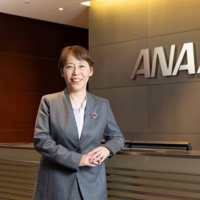In the 1980s, most Japanese economists were under the illusion that the American economy would continue to decline and that Japan would surpass America as the world's largest economy. In fact, the Japanese economy was reaching the apex of its prosperity while the U.S. economy, with its different systems and customs, was languishing.
Japanese systems and customs, such as those governing business management, public administration and education, were considered models for other nations. Japan's ascent and America's decline were thought to reflect the differences between Japanese and American systems. Japanese economists, managers and bureaucrats were saying proudly that American businesses should learn from Japanese-style management in order to get the American economy back on its feet.
During the 1989 bilateral Strategic Impediments Initiative economic talks, American representatives criticized the unfairness of Japanese-style management, referring to the keiretsu business relationship between assembly-line makers and parts suppliers. Japanese delegates emphasized that this vertical integration of business ties was best suited to the manufacture of low-cost, high-quality products, calling it the foundation of Japanese-style management. They even advised the Americans to adapt their education system to the Japanese model. The irony is that in the 1990s the scholastic and intellectual ability of Japanese youths declined because of defects in Japan's education system.


















With your current subscription plan you can comment on stories. However, before writing your first comment, please create a display name in the Profile section of your subscriber account page.